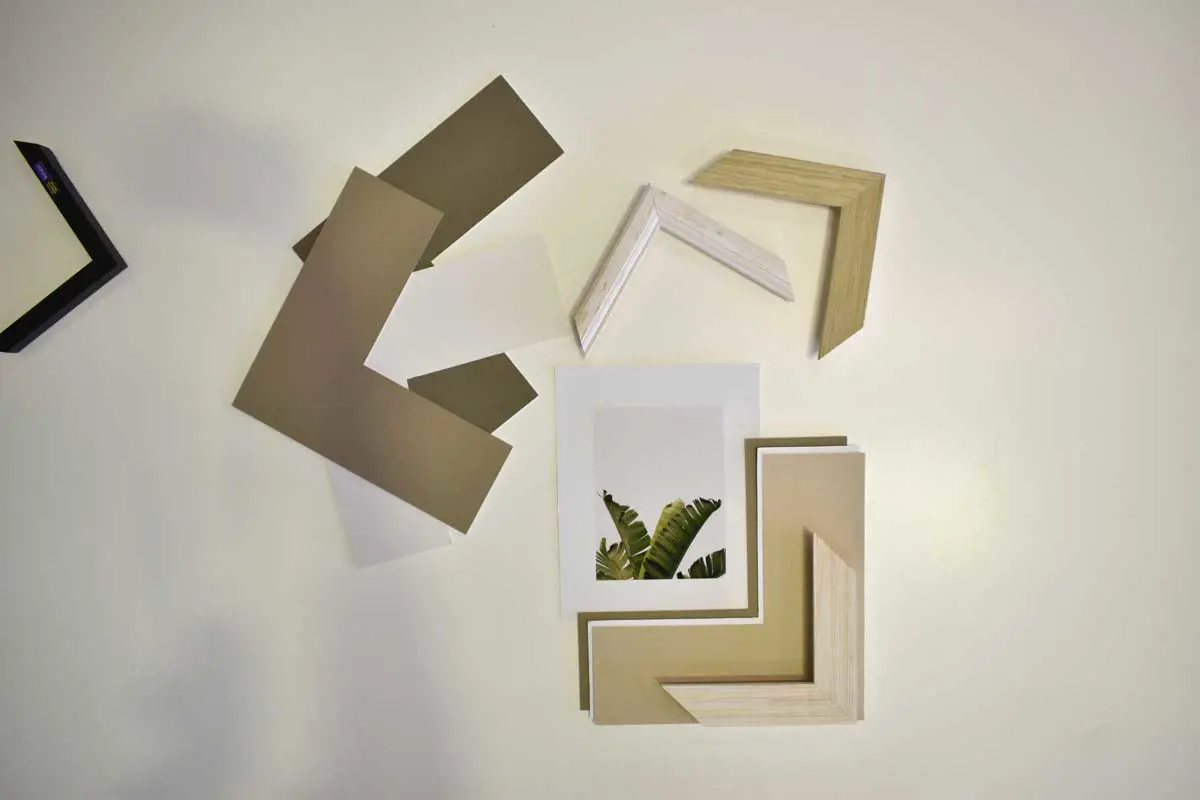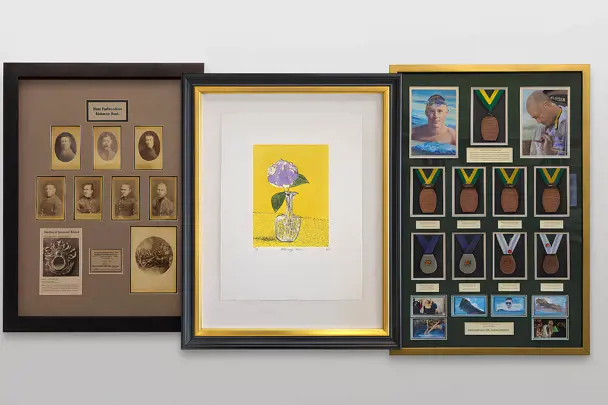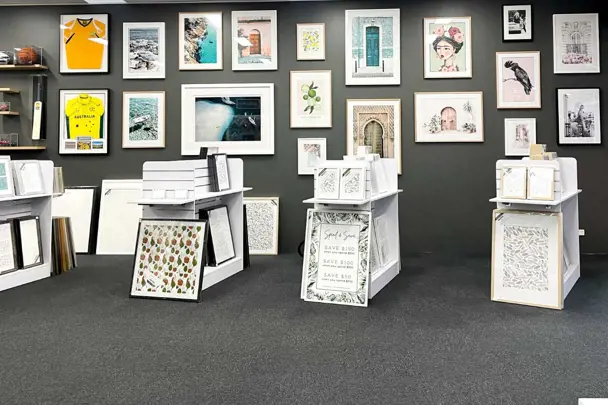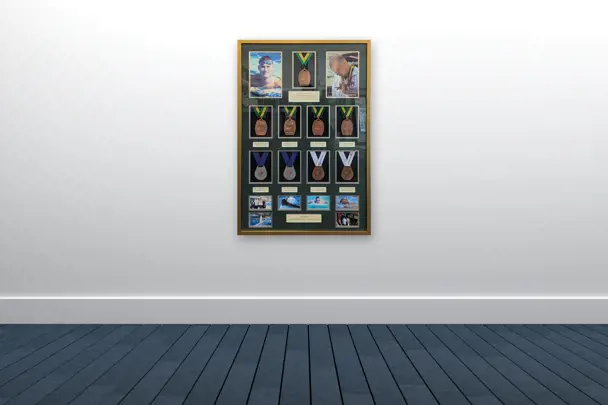In the professional framing world, the construction of the frame is generally considered the most important part of the frame. To the untrained eye, the moulding can often tell the difference between a well-constructed and a cheap option.
For the customer, the type of wood used can also be the difference between a high-quality product they can be proud to hang on her wall, or something with the potential to damage valuable artwork.
Which wood is best for picture frames?
The raw timber material for a frame moulding comes from one of two types of trees: hardwood or softwood. Trees in each category share similar biological characteristics, however, unlike what their names may suggest, these terms do not refer to the density or “hardness” of the wood. While this makes defining each type of wood a-not-so straightforward process, each is broken down as follows:
Hardwoods
Hardwood trees are made from seed-cased plants. The key difference separating them from softwoods is the distinctive presence of pores or vessels in their cross-section. In addition, hardwood trees are seasonally flowering, usually producing fruit or nuts and broad-shaped leaves.

Photo by Jan Huber on Unsplash
While hardwoods are generally denser than their soft counterparts, some variations of hardwood can be softer than softwood - an example of this being balsawood. Some common examples of hardwoods used for picture framing are oaks, maples, and birches.
Softwoods
Softwood trees are differentiated as seed-producing, conifer trees. Unlike hardwoods, their leaves are needle-like and their seeds contained in these cones. Softwood trees also have a less complex structure than hardwood trees, resulting in a faster growth stage.
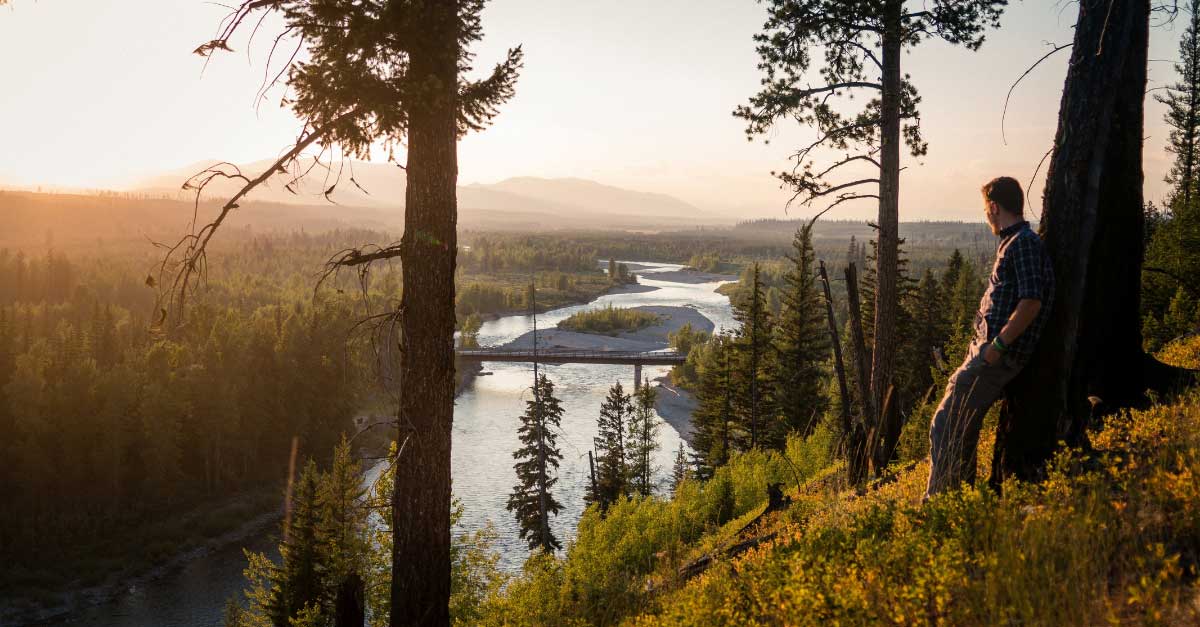
Photo by Ivy Schexnayder on Unsplash
Softwood trees are more commonly evergreen in nature – meaning that their leaves and greenness is retained all year-round. Examples of softwood that can be used in framing are pines, spruces, and poplar.
What type of picture framing wood do we use?
We use a combination of both hardwoods and softwoods in our framing moulds. Depending on the look and decorative style, the main timbers in our ready-made and custom picture framing range are:
- Radiata pine (Softwood): Originally native to the west coast of the USA, radiata pines can be found across many parts of Australia and New Zealand.
- Ayous (Light hardwood): The Ayous tree is a timber of West African origin, commonly known by several local names including the obeche (Nigeria), wawa (Ghana), and sambawawa (Ivory Coast). Its wood is generally used in guitar making, although professional framers have also taken a liking to it in recent times.
- Meranti (Hardwood): The Meranti is a decorative tree species which occurs in the tropical rainforests of South East Asia and the South-West Pacific.
- Durian (Hardwood): Found throughout Burma, Malaysia and Indonesia, this tree is best known for producing the durian fruit, a local delicacy in sections of the world.
- Jelutong (Light/Soft hardwood): The Jelutong’s low density makes it very easy to carve and work with. In addition to being a timber-producing tree, the natural latex it produces is also a main component in chewing gum.
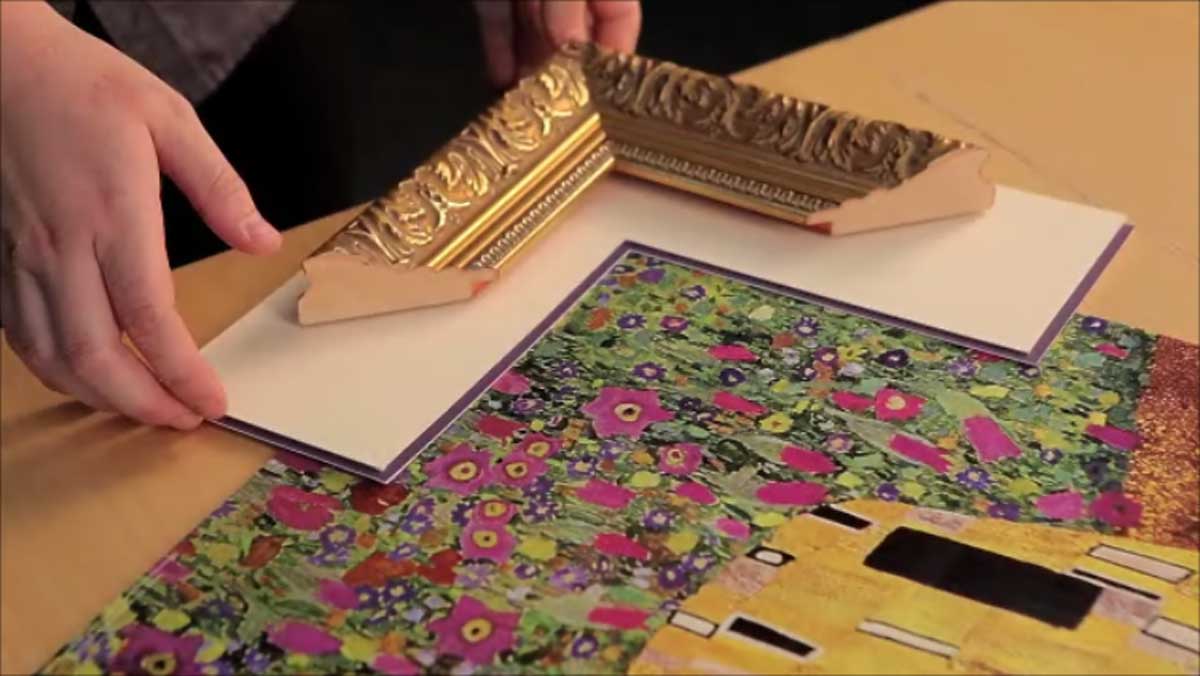
All timber used at Frame Today is responsibly and sustainably sourced to meet the standards of the Australian Department of Agriculture’s legal logging compliance. We also ensure that our timber complies with the logging requirements of the local government at its point of origin. Once sourced, our timber is fumigated with an anti-insect treatment to prevent the transportation of any pests, termites or other living organisms that may cause harm.
When a coating is applied to the frame, manufacturers are moving toward human and environmentally healthy processes with reduced emission environmentally friendly frame finishes.
Can frames be made from other materials?
While wood is the most common material used, picture frame moulds can also be constructed out of several alternative materials.
- Aluminium: Metal frames are often less expensive than wood options, although this means they are generally less ornate and quite basic in design.
- Ceramic: These frames can be expensive; however, they tend to be a strong and sturdy material used to make creative picture frames. Ceramics are comparatively longer-lasting as well.
- Crystal: Photo frames made from crystal are inexpensive and ideal as gifts. Their reflective sparkle makes for a unique option whether on the wall or a mantelpiece.
So, with no shortage of options available, what is the professional framer’s recommendation? While cheaper, plastic and metal frames are ultimately costlier in the long run from replacement and risk of damage.
We choose to only carry natural timber frames for their high-quality and appealing look. A wood-based frame will enhance your artwork and provides you with a lifetime guarantee. The type of wood you choose is completely up to your personal preference and the requirement of the artwork being framed. You can also find out more about choosing the right size for your project.
For more help on your next picture and photo framing project visit your nearest location here.
